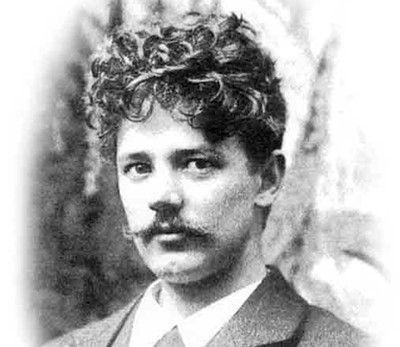Everybody in Copenhagen knows her; the Little Mermaid is a national treasure in the eyes of many people. It’s the ultimate symbol of the Danish capital.
There is just one small detail that most people don’t know: you have to pay royalties to use a photograph of it to illustrate its national treasure status.
And Berlingske’s editor-in-chief has just learned that the hard way.
Expensive images
The Østre Landsret high court had already ruled that the newspaper should pay compensation of 300,000 kroner for twice using the statue’s image. One of them was in a cartoon!
A district court had previously set the payment at 285,000, and now the Supreme Court has upheld the 300,000 fine.
It’s good news for the heirs of Edvard Eriksen, who created the sculpture between 1909 and 1913.
Not a first
This case is just one of many, in fact. The Eriksen clan are experts at asking for royalties.
The work of Eriksen, who passed away in 1959, is protected for 70 years after his death.
His heirs will lose their rights to royalties in 2029, at which point the image of the Little Mermaid will be in the public domain. Until then they are free to ask for royalties from anyone who uses the statue’s image when it is not integral to the story.
Laws that apply (almost) everywhere
The laws that protect works of art are written into international treaties and conventions.
This means that if you commercially use a picture of a monument outside of Denmark, you could end up being asked for royalties too.
A good example of it is the Eiffel Tower in Paris. If you photograph it by day, there is no problem. By night, however, the copyright for the light work only dates back to 1985.











